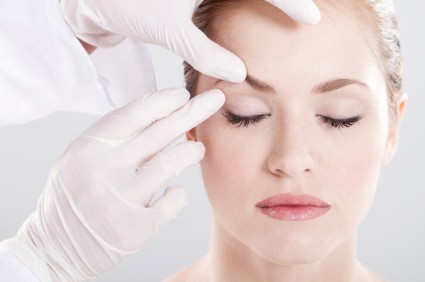Eyelids are one of your most defining features on the face. The way they look immediately tells a lot about your health, age, etc. Some people don’t have tight eyelid skin without having the factor of age against them. If that’s the case, there is nothing to worry about; this can be managed easily through eyelid surgery. Eyelid surgery used to be a big deal before, but today, this surgery is quite common.
Typically, Atlanta eyelid surgery experts say they find individuals with sagging eyelids in their late 30s or early 40s approaching them for corrective measures. It’s usually the thin skin of our eyelids that begins to lose its elasticity. It stretches without elasticity, which means that it develops excess folds of skin that tend to drape down beyond the edge of your upper lids.
Muscle Weakening in Your Eyelids
As you get older, the muscles beneath your skin also tend to get weaker, which permits fat to stick out and produce bags, mainly in your lower eyelids. Also, when the elevator muscle that is responsible for lifting the upper eyelids becomes weak, your upper eyelid starts to droop. Creases and wrinkles start to appear in the surrounding area of the lids. With this, you tend to develop a tired and drawn look.
The extent to which you show signs of aging around your eyes such as muscle weakening described above has a lot type do with heredity. Atlanta eyelid surgery experts say it’s quite likely for you to have sagging eyelids if one of your parents had it too. However, this is not too much of a problem these days, as eyelid surgery was recognized as the third most common form of surgery as of 2012. Additionally, the number of those going in for eyelid surgery increases each year.
What is the Purpose of Eyelid Surgery?
Eyelid surgery targets drooping upper eyelids and puffy bags by getting rid of unnecessaryskin, muscle and fat. The risks in this process are minimal and the procedure is cost effective with a short recovery period. Therefore, blepharoplasty is most commonly a preferential choice of an entire facelift.
A blepharoplasty procedure gets rid of:
- Upper eyelid puffinessthat is a result of too many fatty deposits
- Folds caused by loose or sagging skin and anything that disrupts the natural contour of the upper eyelid
- Unnecessary skin and fine wrinkles in your lower eyelid
- Bags belowyour eyes
- Droopy lookof your lower eyelids
When you approach a specialist to deal with your sagging eyelids and related issues concerning the look around your eyes, you must undergo a physical examination in order to determine and confirm the precise causes.
The following three points are most important when you undergo an examination:
- If your eye condition is termed a functional problem of the lid, you must seek a ptosis repair of the eyelid.
- If your condition is a downward displacement of your brow, you will need a correction to raise the position of your brow. This may be done with or without surgical intervention of your upper lid.
- You must never assume that your eyelid droop condition should be rectified by blepharoplasty.
Who Should Go in for Eyelid Surgery?
Those who are considered good candidates for eyelid surgery in Atlanta include adult men and women withhealthy facial tissue and muscles. Those who do not smoke and have no life-threatening illness or medical conditionscan undergo the procedure. If you have health issues and you smoke, your healing time will not be easy.
Blepharoplasty should only be carried outat:
- An accredited office-based surgical facility,
- Outpatient or ambulatory surgical center, or
- A hospital.
Eyelid surgery in Atlanta is a relatively low-cost procedure witha short recovery time. Under normal circumstances, you can get through your healing period within 10 days. It’s normal to experience post eyelid surgery issues such as bruising, swelling, irritation or dry eyes and discomfort but this can easily be managed with cold compresses, medication and ointment.
Angela John
Recent Posts
- Castor Oil For Better Hair Growth: Is It Myth Or Fact?
- Exploring the Differences Between Sermorelin, Ipamorelin, Ibutamoren, GHRP2, and GHRP6: Understanding Their Role in Human Growth Hormone Regulation
- Unraveling the Mystery: Understanding the Causes and Prognosis of Ventricular Tachycardia Without Apparent Heart Disease
- Understanding Grandparents’ Rights in Oklahoma: Navigating Visitation and Legal Protections
- 10 Reasons to Consider Hypnotherapy for Your Health


